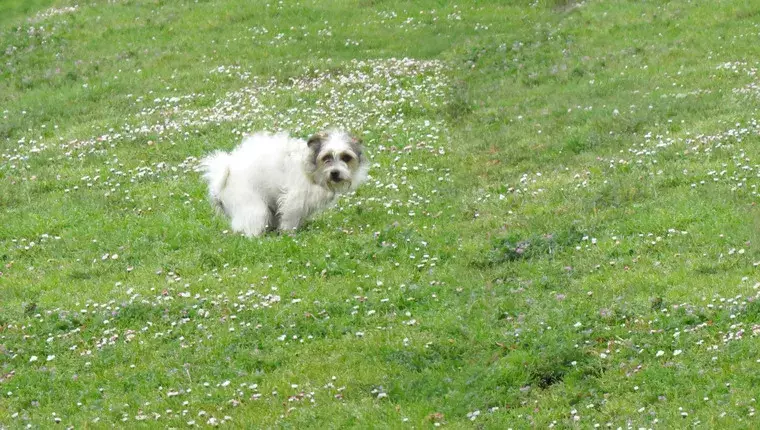In the pet care world, few phenomena have captivated dog owners quite like the mystery of the disappearing white dog poop. Once a common sight on bustling sidewalks and grassy parks, the strikingly chalky remnants of canine digestion seem to have faded from our urban landscapes by the late 1990s. This intriguing shift speaks to broader changes in pet nutrition, consumer awareness, and even veterinary health. Rachael Funnell’s exploration into this canine curiosity serves as a window into our evolving relationship with our furry companions.
The Bone Meal Era: A Double-Edged Sword
Historically, many dog foods predominantly featured calcium-rich bone meal, a resource intended to foster robust health in dogs. While this additive made perfect sense in the dietary landscape of yesteryears, it bore unintended consequences. Dogs, just like humans, have a threshold for nutrient absorption. When over-supplied with calcium, dogs effectively excrete the excess, leading to white poops. This isn’t merely an aesthetic issue; it reflects how our pets metabolize their food and absorb essential nutrients. Funnell points out that the chalky appearance of dog waste was caused by evaporation processes that concentrated the leftover calcium.
In retrospect, this presents a point of contention with pet food manufacturers who often sought to maximize profits by using lower-quality byproducts. As conscientious dog owners began prioritizing their pets’ health, a wave of reform swept across the pet food industry, leading to greener, cleaner formulations.
A Health-Conscious Transformation
Today’s dog diets resonate with a dramatic departure from past practices. Increased awareness of nutrition has ushered in an era characterized by vegan options, grain-free choices, and diets mimicking ancestral feeds. These evolving standards reveal not only a shift in consumer demands but a growing commitment to ensuring our pets thrive rather than merely survive. Consequently, as dog food products became less reliant on saturated calcium sources, the phenomenon of white dog poop became increasingly rare—an indirect mark of progress in pet nutrition.
However, this evolution does beg questions regarding the impact of food quality on our pets’ health. It’s essential to remain vigilant: seeing white poop today could signify a more serious health concern. If a dog displays irregularities in bowel movements—especially if they appear chalky or off-color—this can indicate underlying health issues such as hypercalcemia, which warrants a vet’s intervention.
Cultural Observations and Future Implications
This quirky shift has not only transformed our backyards but also serves as an intriguing metaphor for a more holistic approach to pet ownership. While the chalky remnants of dog waste no longer litter city parks, they represent a bygone era steeped in lesser-known pet care practices. The story of dwindling white dog poop reflects a move towards better-informed choices, shedding light on the importance of quality ingredients in dog diets.
Should we view the absence of white dog poop as a victory in the pursuit of our pets’ well-being? Absolutely! This small yet impactful dietary change mirrors broader societal attitudes towards healthier living—both for humans and their beloved companions. As responsible dog parents, let us continue to promote informed choices that align with our pet’s health and happiness, ensuring the canine legacy remains vibrant and healthy.

